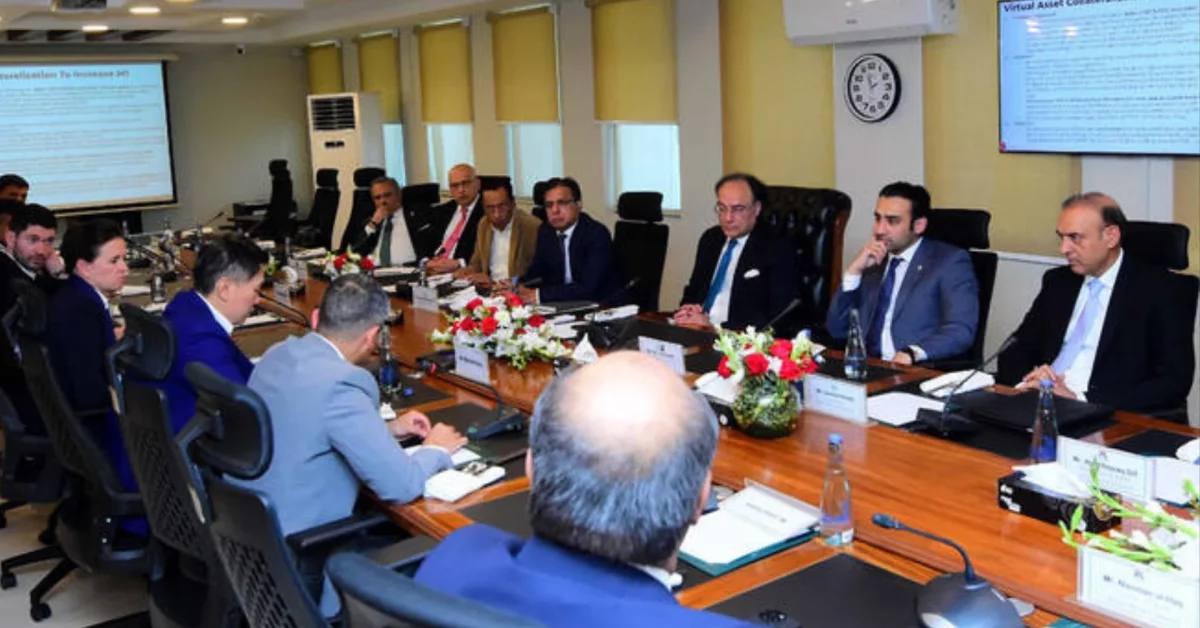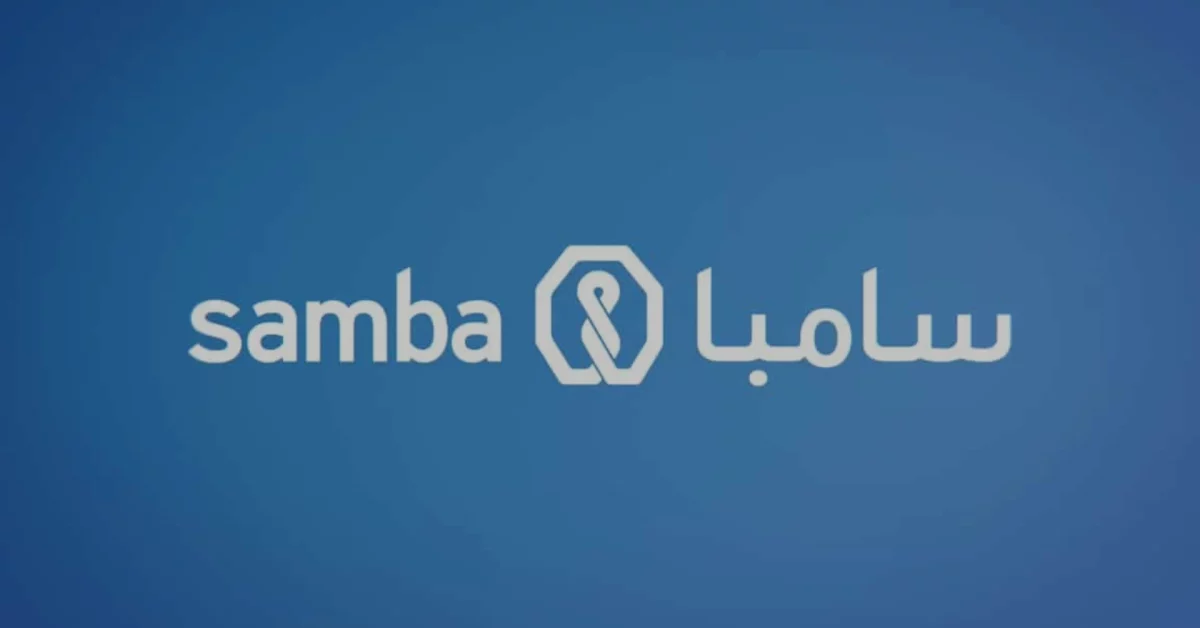
Shaping Tomorrow: The Growth of AI Startups in Pakistan
August 23, 2025
Pakistan and Bangladesh Sign Six Key MoUs in Dhaka
August 25, 2025The Rise of Digital Banking in Pakistan: Can Fintech Replace Traditional Banks?
Over the past decade, Pakistan’s banking habits have changed faster than most people realize. Just a few years ago, paying bills meant standing in long queues and opening a bank account meant hours of paperwork. Today, millions of Pakistanis pay their bills, transfer money, and even buy insurance with just a few taps on their phones. The rise of digital wallets like JazzCash and Easypaisa, along with the entry of new neobanks such as SadaPay and NayaPay, has transformed how money moves in Pakistan. According to the State Bank of Pakistan, 84 percent of retail transactions in the fiscal year 2023 to 2024 were digital, a sharp jump from 76 percent the year before. That is a remarkable shift in a country that still has a heavy reliance on cash. The real question now is whether fintech can fully replace traditional banks.
JazzCash and Easypaisa are the two names most Pakistanis immediately recognize when it comes to digital money. Together they have become the backbone of the country’s payment system. JazzCash ended 2024 with around 48 million registered users and more than 20 million monthly active users. Its nationwide agent network of over 120,000 people makes it easy for customers, even in rural areas, to deposit and withdraw cash. In the year leading up to March 2025, JazzCash processed more than 10.7 trillion rupees worth of transactions, a figure that shows just how deeply it has embedded itself in daily financial life. Easypaisa, on the other hand, has taken a different leap by becoming Pakistan’s first officially licensed Digital Retail Bank. This gives it greater freedom to operate like a full-fledged bank. In 2024 alone, Easypaisa processed 2.7 billion transactions worth 9.5 trillion rupees, roughly equal to 9 percent of Pakistan’s GDP. One out of every five Pakistani adults is now an Easypaisa customer, which shows how central fintech has become in driving financial inclusion.
One of the main reasons behind this rapid digital adoption is the launch of Raast, Pakistan’s instant payment system developed by the State Bank. Raast allows people to send and receive money instantly at very low cost. The central bank has also expanded Raast into merchant payments, which means shopkeepers can accept money from customers through QR codes instead of expensive card machines. For small businesses that rely on daily cash flow, this development is revolutionary. It reduces costs, increases efficiency, and brings thousands of informal transactions into the formal economy.
Alongside these telco-led wallets, Pakistan is also witnessing the rise of neobanks such as SadaPay and NayaPay. Unlike JazzCash and Easypaisa, which initially operated under the branchless banking model, these firms function under Electronic Money Institution licenses. This means that while they provide e-money services, they must keep customer deposits with licensed banks rather than lending directly on their own balance sheets. Even so, they are winning attention for their sleek apps, instant onboarding, and freelancer-friendly services. SadaPay, for instance, allows tiered account limits that start at 50,000 rupees per month for basic accounts and can increase to 400,000 rupees after biometric verification. NayaPay, backed by Visa, has positioned itself as a global-friendly platform that caters to digital workers and modern consumers. Both firms have been recognized internationally as fintech innovators, giving Pakistan’s startup ecosystem global visibility.
The State Bank is not leaving the development of digital banking entirely to private players. It has introduced a Digital Bank Regulatory Framework which creates two new categories of banks: Digital Retail Banks and Digital Full Banks. These institutions are allowed to accept deposits and lend money, but with phased capital requirements and close regulatory oversight. Easypaisa’s upgrade to Digital Retail Bank status is the first example of this framework in practice, and more players are expected to follow in the coming years. This shows that the regulator is encouraging innovation but is also cautious about financial stability.
For ordinary people the impact of fintech is already visible. Account opening now takes only a few minutes with a CNIC and a smartphone, eliminating the need to wait at branches. Payments are faster and cheaper than before, as merchants can accept QR code payments instantly and at low cost. Both JazzCash and Easypaisa offer more than just money transfers, with products ranging from micro-loans to savings, insurance, remittances, and even investments. For small businesses, freelancers, and rural communities, these services have been life changing because they were long underserved by traditional banks.

Yet despite all these advancements, traditional banks continue to play a vital role. They still dominate large-scale lending such as mortgages, trade finance, SME loans, and project financing. They have the balance sheets, risk management capacity, and decades of regulatory trust that fintechs cannot yet match. For many businesses and wealthy individuals, licensed commercial banks are still the safest place to keep large deposits. The fintech sector is growing quickly, but it is not yet in a position to fully replace the credit and deposit functions of traditional banks.
At present, JazzCash leads in terms of active users, while Easypaisa leads in transaction throughput and innovation. Together they handle trillions of rupees annually, far ahead of the newer neobanks. However, SadaPay and NayaPay are carving out their own niches, particularly among young digital workers and freelancers, with user-friendly designs and global payment capabilities. Instead of competing head-to-head with JazzCash and Easypaisa, they are targeting specific gaps in the market.
Looking ahead, it is unlikely that fintech will completely replace traditional banks in Pakistan in the near future. What fintech has already replaced, however, is equally significant. It has eliminated the need to stand in line for utility bills, reduced the reliance on cash for everyday payments, and removed the paperwork and waiting times required to open an account. Traditional banks will continue to dominate in big-ticket lending and institutional finance, but fintech is winning in the daily financial lives of millions of people. The more likely future is one of convergence rather than replacement. Fintech firms will continue to provide speed, convenience, and inclusion, while traditional banks will provide stability, credit depth, and regulatory oversight. The State Bank and systems like Raast will tie everything together to ensure interoperability and security.
In short, fintech has already transformed the way money moves in Pakistan. It may not replace traditional banks any time soon, but it has forced them to evolve, and that transformation is already reshaping the financial future of the country.






